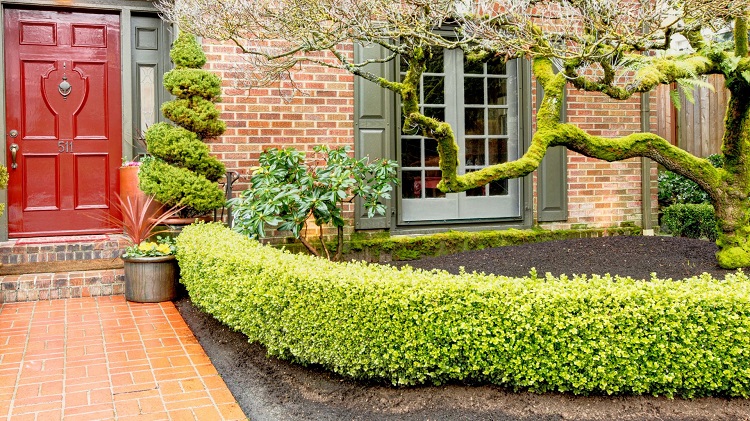Enhance Your Garden with Box Hedging Plants
The Box hedging plants or known locally as Buxus or Boxwood is ideal for formal gardens and quality borders. These are very bushy plants that give a classic touch thus suitable for use in both traditional and modern gardens. Here is the detailed information on how to know the type of box hedging plants, how to select them and how to take care for them.
Table of Contents
What Are Box Hedging Plants?
Box hedging plants refers to those shrubs belonging to Buxus genus and are characterized by evergreen foliage and capacity to be pruned into different structures. It is mainly because of this characteristic that the plants are used to form systematic like hedges, topiaries and garden boundaries.
Different Types of Box Hedging Plants
Buxus Sempervirens (Common Boxwood):
This boxwood is part of older boxwoods grown for their dark green, bright shiny foliage, which is extremely valuable for formal hedge and topiary purposes.
Buxus Microphylla (Japanese Boxwood):
Smaller leaves and slightly less vigourous growth makes this type more suitable for use in small gardens and can also be grown in pots.
Buxus Green Mountain:
It is a pyramidal variety best used for beautiful and pointed topiaries or as an individual outstanding garden centerpiece.
Buxus Faulkner:
One is well aware of its intolerance to boxwood blight, and another one of its distinctive characteristics is its high growth rate, as an ideal hedge.
Benefits of Box Hedging Plants
Evergreen Foliage:
It is a evergreen that maintains its nice green hue all year round which is a remarkable factor in any garden.
Versatile Use:
Perfect for designing traditional green partitions, sculptured works of art or well shaped borders, the turf known as boxwood suits any design concept.
Low Maintenance:
This plant needs very little maintenance once it has been planted; the only thing that one may have to do occasionally is to trim this shrub to the desired shape and shape off any wilted or the brown leaves that may be resulted from disease.
Dense Growth:
It has a near perfect screen factor and can be used as a wind or noise barrier quite well.
Adaptable:
High light requirements but can be adapted to any soil type, making it suitable for any gardening situation.
Planting Box Hedging Plants
Site Selection:
It prefers a soil that drains well and a position of partial to full sun. Boxwood can grow in a shaded place though it requires some sun exposure so that it can grow and reproduce well.
Soil Preparation:
When preparing the ground it is advisable to add organic manure to facilitate drainage and aeration, and to improve fertility. Also, boxwood prefers growing in the ground with slightly acidic to near neutral pH.
Planting:
Space the plants between 18 to 24 inches to allow them to grow and fill up the allocated space. Set the plant in the hole maintaining the depth at which it was growing in its container, or a little deeper, dig a hole twice the width of the root ball.
Watering:
Water the plants after planting and then maintain the moisture level of the soil in the plants throughout the growing season. Do not water log the soil as it is not suitable to boxwood’s growth and development.
Maintenance and Care
Pruning:
Pruning has to be done continuously to get the required form and guarantee thick and replendent foliage. Prune the boxwood trim in late winter or early spring before the new shoots emerge.
Fertilizing:
Fertilize with a slow-release fertilizer calculated at 1 pound of nitrogen per 1,000 square feet early in the spring. Do not use high amounts of fertilizers because the overgrowth of the leaves increases the vulnerability of the plant to pests.
Pest and Disease Management:
Canopy scan for problems like boxwood leaf miners and scale insects. Boxwood is also affected by other diseases such as boxwood blight, therefore the planting area should be well aerated and never water the foliage.
Winter Protection:
In cold regions avoid direct exposure of boxwood to winter winds and snow as this damages the foliage. The roots should be protected through mulching around the lower portion of the plant.
Box hedging plants are one of the most popular options for garden lovers who want to get truly beautiful and strictly geometrical gardens. It remains to be noticed that the plants are resistant, which makes them appropriate for almost any landscape design and climate. Mastering the types of boxwood, how to plant and how to look after it will allow you to get the best out of your chosen box hedging plants and thus, enjoy a beautiful garden throughout the year.

